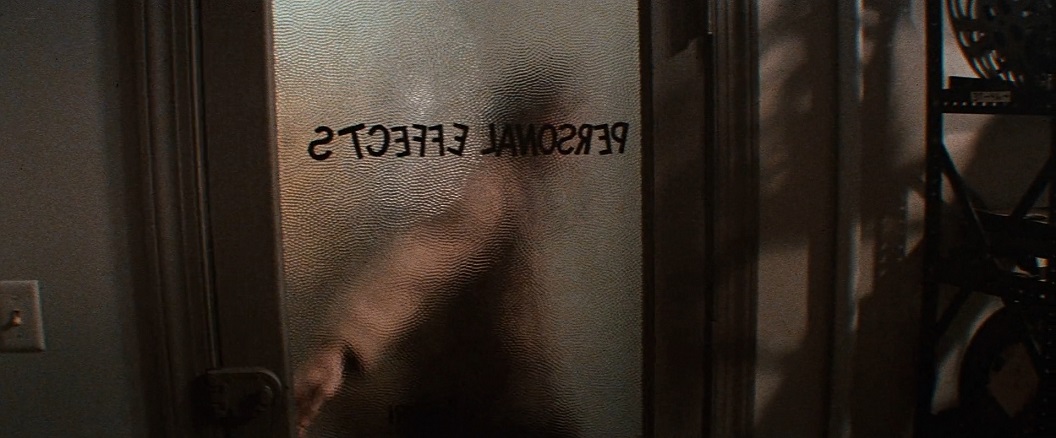ROB JONES AT FILM CRED LOOKS AT THE ART OF FILMMAKING IN DE PALMA'S 'BLOW OUT'

At Film Cred, Rob Jones looks at "Filmmaking as a Matter of Life and Death" in Brian De Palma's Blow Out:
There arguably isn’t another director who has built as prolific a filmography off the back of simply his love for cinema as Brian De Palma has. His reverence for Alfred Hitchcock is well documented and observed through Blow Out, but the plethora of pastiches in the film include nods to Stanley Kubrick, Howard Hawks, and Sergei Eisenstein amongst many others. It’s been argued extensively that De Palma’s style of chopping up what he loves and reforming it to present something new, almost as if it’s a theatrical equivalent to a hot dog, is something that works at the expense of his true personality coming through in his films. I contend that’s not really true. The approach itself is as much a reflection of his personality as any other director’s could be said to be and through Blow Out we can see just how much the arts of cinema and filmmaking mean to De Palma. It’s quite literally a matter of life and death.Blow Out is a film that wears its influences proudly. Jack, played by John Travolta, is a sound guy who works for a studio producing schlocky horror movies on what looks like a perpetually repopulated assembly line. It starts with a POV shot that, despite its satirical nature, could have easily been stolen from John Carpenter’s editing suite. In fact, it’s so close to the opening of Halloween that it retroactively makes it funny. The point of view camera shot, the detached suburban house stalked through its windows, and the eventual reveal of the killer are all essentially satirical interpretations of it. Beyond that, though, its narrative structure has often been compared to Michelangelo Antonioni’s Blow-Up and Francis Ford Coppola’s The Conversation, while its pacing and the ways it builds tension are clearly drawn from Hitchcock’s work. Where it differs from them all and becomes its own, independent, piece of art is in what importance it gives to one particular element of it all.
The central theme between the three is that the man in the middle of them all is a loner with a specialty. He’s so enamoured with his work that he regularly finds himself isolated and pushing others away as a result of it. In Blow-Up, he’s a photographer, whereas in The Conversation he’s a surveillance expert. In Blow Out, he’s deeply embedded in the film industry.
Read the rest at Film Cred.



